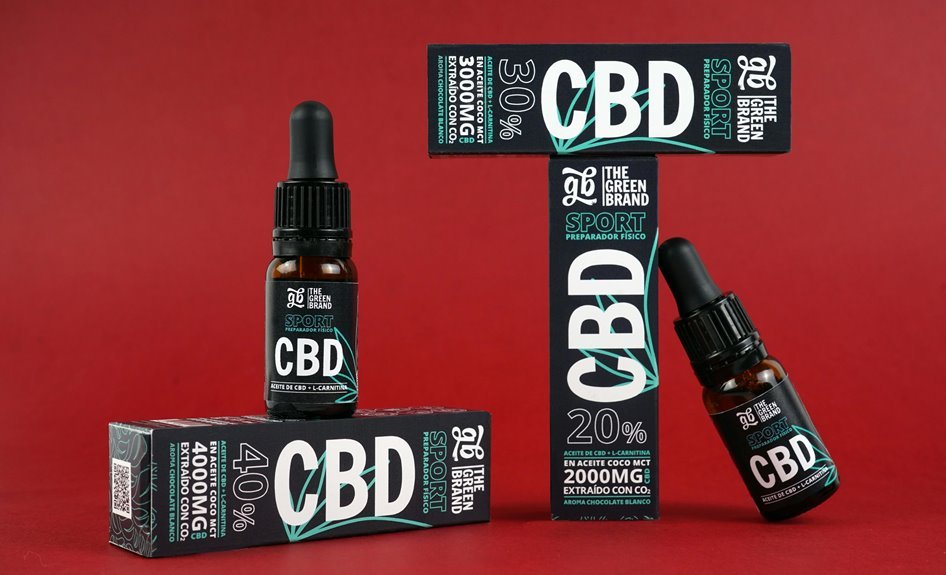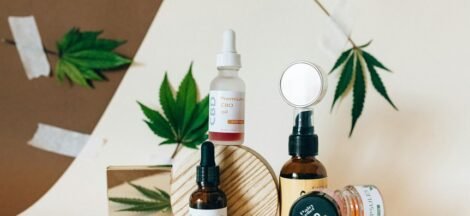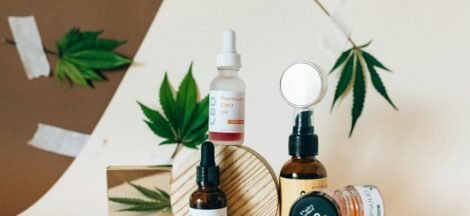The question of whether CBD needs to be activated is complex and nuanced. Different forms of CBD, such as CBD isolate versus full-spectrum products, play a significant role in this determination. Activation often involves decarboxylation, a process that transforms cannabinoid acids into their active forms. Understanding these distinctions is essential for optimizing the therapeutic benefits of CBD. What implications do these variations have for users seeking specific effects?
Understanding CBD and Its Chemical Composition
Cannabidiol (CBD), a prominent cannabinoid found in the cannabis plant, possesses a unique chemical structure that distinguishes it from other cannabinoids such as tetrahydrocannabinol (THC).
Research highlights various CBD benefits, including potential analgesic and anti-inflammatory effects.
Optimal CBD dosage can vary based on individual needs, underscoring the importance of understanding both the chemical composition and therapeutic potential of this compound for informed use.
The Process of Decarboxylation
Decarboxylation is a crucial chemical process that transforms non-psychoactive cannabinoids into their active forms, enhancing their therapeutic potential.
This decarboxylation process involves specific chemical reactions where carboxyl groups are removed from cannabinoid acids through heat application.
As a result, compounds like THCA convert to THC, thus enabling users to experience the full spectrum of benefits associated with activated cannabinoids.
Different Forms of CBD and Their Activation
The activation of cannabinoids, including CBD, can vary significantly based on their specific forms and the methods used for their consumption.
CBD isolate offers distinct benefits, providing pure cannabidiol without other compounds, while full spectrum products deliver a broader range of effects due to the presence of additional cannabinoids and terpenes.
Understanding these differences is crucial for optimizing the therapeutic potential of CBD.
Choosing the Right Method for Your Needs
How does one determine the most effective method for consuming CBD?
Evaluating various consumption methods is essential, as individual personal preferences significantly influence efficacy. Options such as oils, edibles, and topicals each offer distinct advantages and absorption rates.
The ideal method ultimately depends on desired outcomes, lifestyle, and how quickly one seeks relief, making informed choices vital for maximizing CBD's benefits.
Conclusion
In the intricate garden of cannabinoids, CBD stands as a vibrant flower, each petal representing a different form and potential. While some blooms shine brightly in their active state, others require the warmth of sunlight—decarboxylation—to fully unfurl their therapeutic benefits. Just as a gardener must choose the right conditions for growth, consumers must discern the appropriate form of CBD to cultivate their desired effects, ensuring a flourishing experience tailored to their individual needs.





 Will Cbd Oil Show up in a Drug Test
Will Cbd Oil Show up in a Drug Test